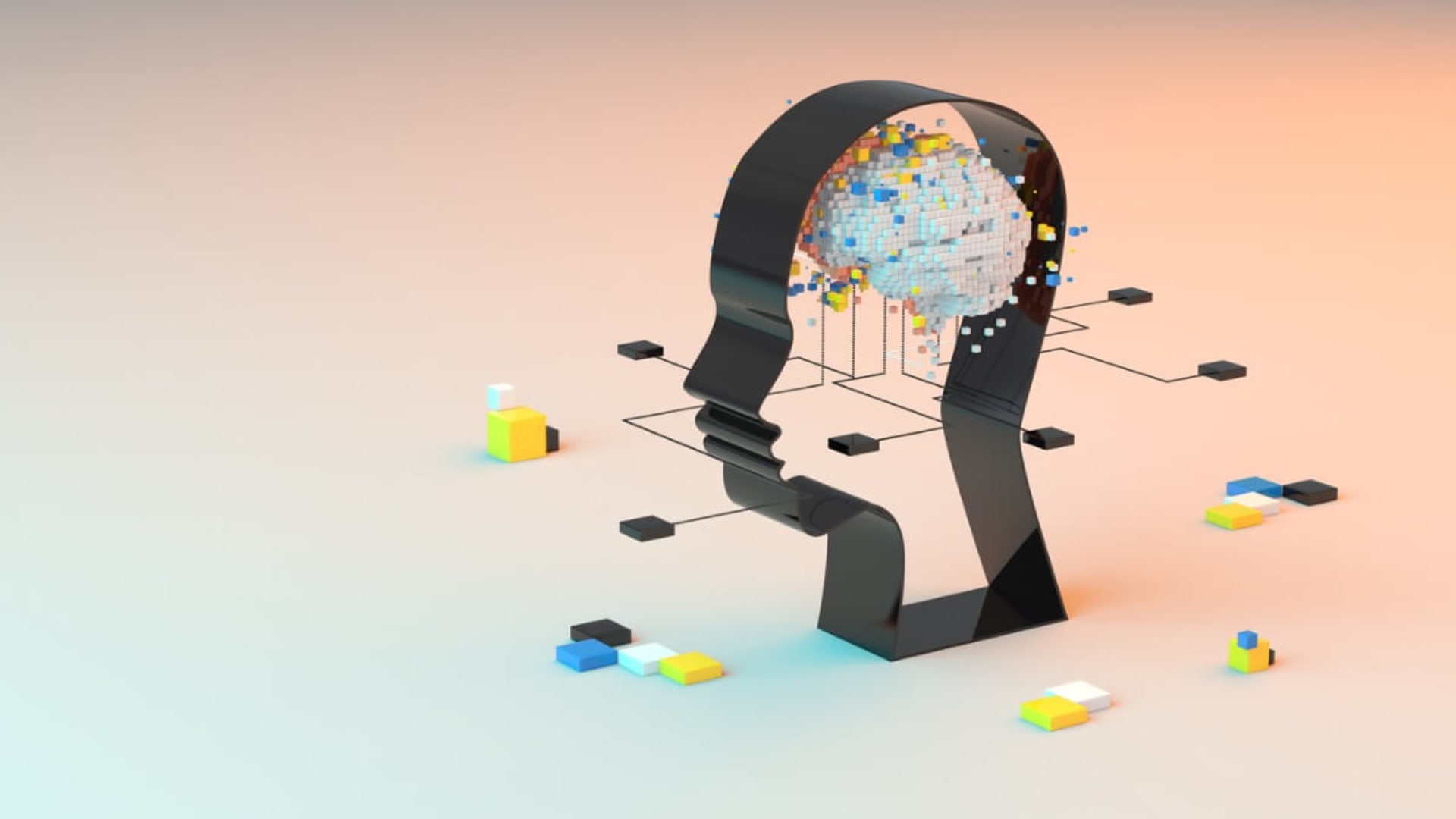You must have heard that art is subjective, as everyone looks at it differently. Since there are multiple interpretations to art and so many feelings involved in creating and appreciating it, logic states that no computer can create a piece of art, right? Surely algorithms can’t copy the flexibility and versatility of human artists.
Well, you might be surprised at how far technology has come in the field of machine learning and artificial intelligence (AI). Since AI is already automating parts of our existing processes that were once time-consuming and manual, it was bound to foray into the world of art. In fact, AI has now started impacting artistic expressions like music, drawing, and writing, things that were previously thought to be explicitly the domain of human beings.
But what exactly is AI?
AI implies a machine’s ability to perform tasks that normally require human effort. It has many applications in our day-to-day lives, such as intelligent machines, language processing, voice recognition, and computer vision.
AI algorithms are primarily built using special software and hardware tools. Engineers use programming languages such as Java, Python, and R for creating AI-based use cases and solutions.
AI algorithms collect high quantities of training samples and analyze them looking for patterns and correlations. Then they use that information to build predictive models. These predictive models can then take steps to complete specific tasks. For example, a bot equipped with enough information can spot and categorize items in photographs.
History of computer programming and art
Many artists in the past have used computer programs to help their art. It all started in 1972. A designer by the name of Harold Cohen created the first computer program that could assist his artistry. The software was able to illustrate designs based on the programmer’s specifications and add finishing touches to his old designs. The program was called AARON.
How’s AI affecting art today?
AI actually accentuates an artists’ work rather than making it outdated. Companies like Celsys and Adobe are now integrating AI elements into their digital design tools. One of the major examples of that is Adobe Sensei, an optimization tool that potentiates the Adobe suite by helping users make photo edits, check the stock footage, reframe videos, and overall speed up the design process.
Tools like this allow the artist to work on their creativity and artistry rather than focus on art creation’s dull aspects. For example, machine learning algorithms can help frame video to specific functions and work on block filling specific canvas areas.
Additionally, engineers are now working on AI algorithms that “learn” a particular aesthetic style (by examining millions of photos). The algorithm then attempts to create new pictures that follow the principles it has acquired by studying the previous data.
Popular examples of AI used to create art
An AI bot can be trained to write scripts. Here’s an example of a bot that was made to watch 1,000 hours of Batman movies and then tasked to write its own script about the caped crusader. The final result is hilarious.
Algorithms known as generative adversarial networks (GAN) have been in the news recently for creating AI-generated videos and images. These were first used in 2014 by computer scientist Ian Goodfellow.
An artist may input a random sample list of photos into a machine learning algorithm. The algorithm creates a framework of manipulable images and uses it to create a new video frame. The artist can then use these video frames in their own settings to create an entirely different image or video. This technique is also called deepfake in popular media.
Limitations of AI
Without a doubt, AI has a lot of benefits, especially when it comes to assisting artists. It performs many time-consuming tasks quickly, allowing the artist to focus on other aspects of art creation.
But even though AI is apt at creating designs and generating video frames, it only does so according to the artists’ instructions. The computer can’t randomly generate a whole sequence of frames or images itself. So the artist has a huge role in image creation, video framing, and post curation of the project.
Left on its own, the computer distorts human features and fails to accurately duplicate a human face. Examples include the works of artists Daniel E. Berlyne and Anna Ridler, who used AI for creating images through GAN.
They used static frames to create ink drawings through generative models. Those models generated a succession of new pictures, then assembled them into a short film for the viewers to see. However, the final images were highly tarnished and needed post-op fixation.
These 2 examples indicate how artists can experiment with AI tools for art. A definite set of procedures is required to create art, and for the final result, an expectation range must be set. Of course, the results generated by AI are distorted and not that intriguing. They’re essentially replicas of pre-curated data with a slight variation to create the final output.
Yet, AI in art isn’t all about the end result. It’s also about the collaboration of an artist and a computer to create visual shapes.
Of course, AI alone can’t create true art. Its output is unpredictable and can look too calculated to other users. But a combination of human ingenuity and a computer’s robustness can work wonders. That’s why many artists are incorporating AI into their work.
So can AI create art?
AI can’t threaten an artist’s job at all. Instead, AI features can extend an artist’s individuality and allow them to explore their creativity. But, of course, the artist will always have control over the whole process.
Moreover, it’s undeniable that there are many aspects of art that AI can’t capture without necessary information and instruction. Thus, it has a long way before it can make art by itself and replace human artists.
If you enjoyed this, be sure to check out our other AI articles.













